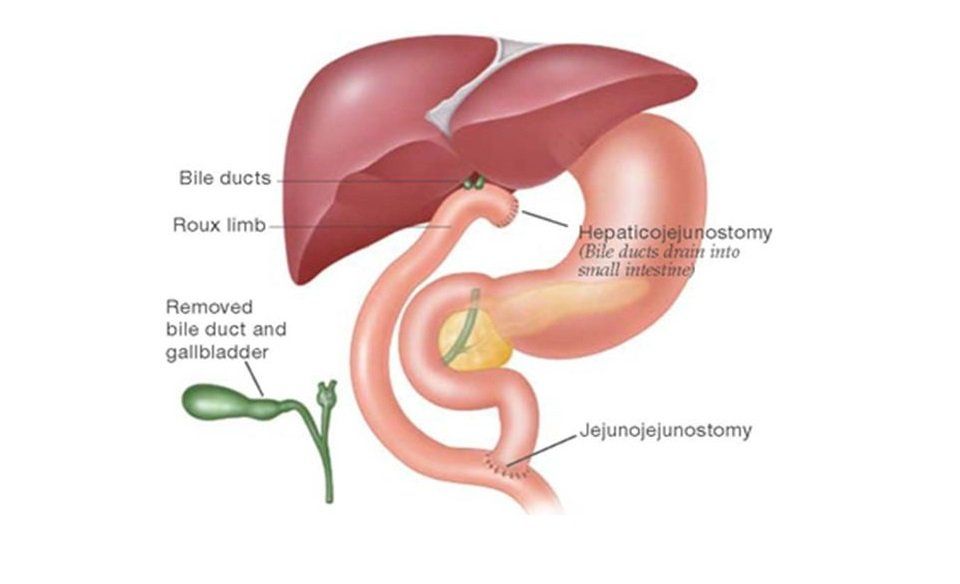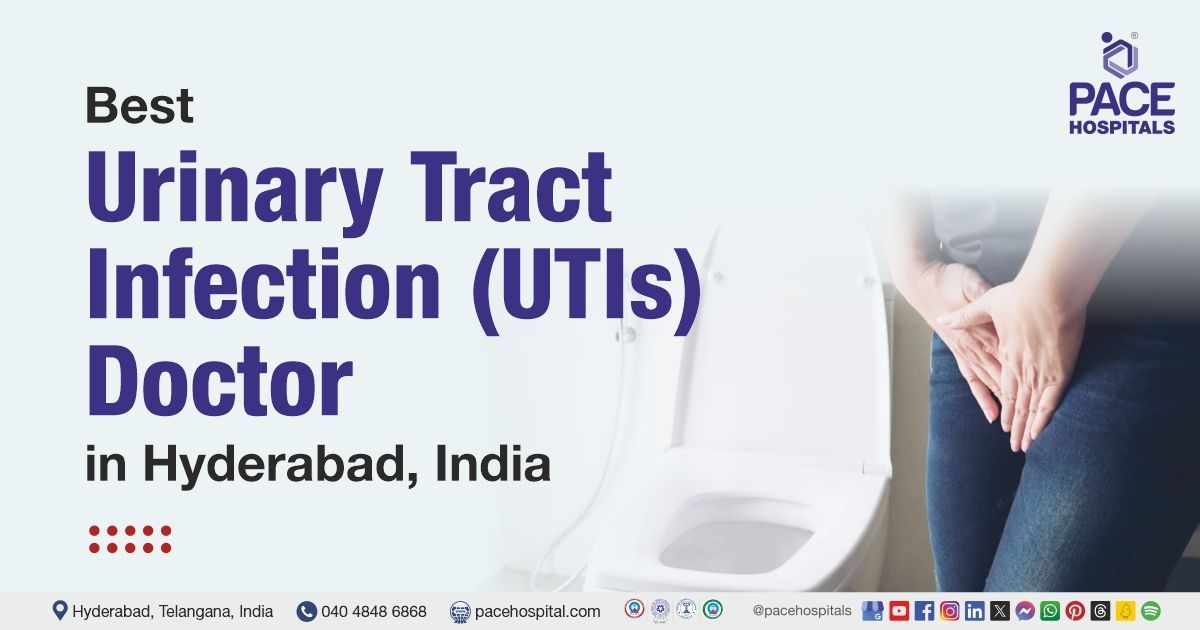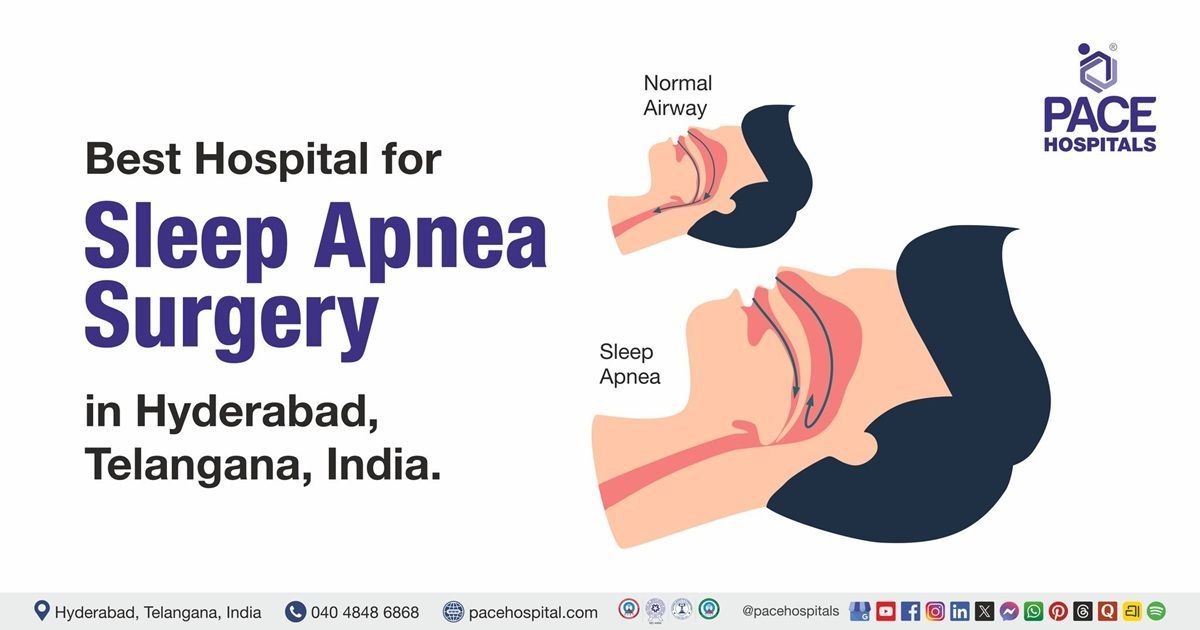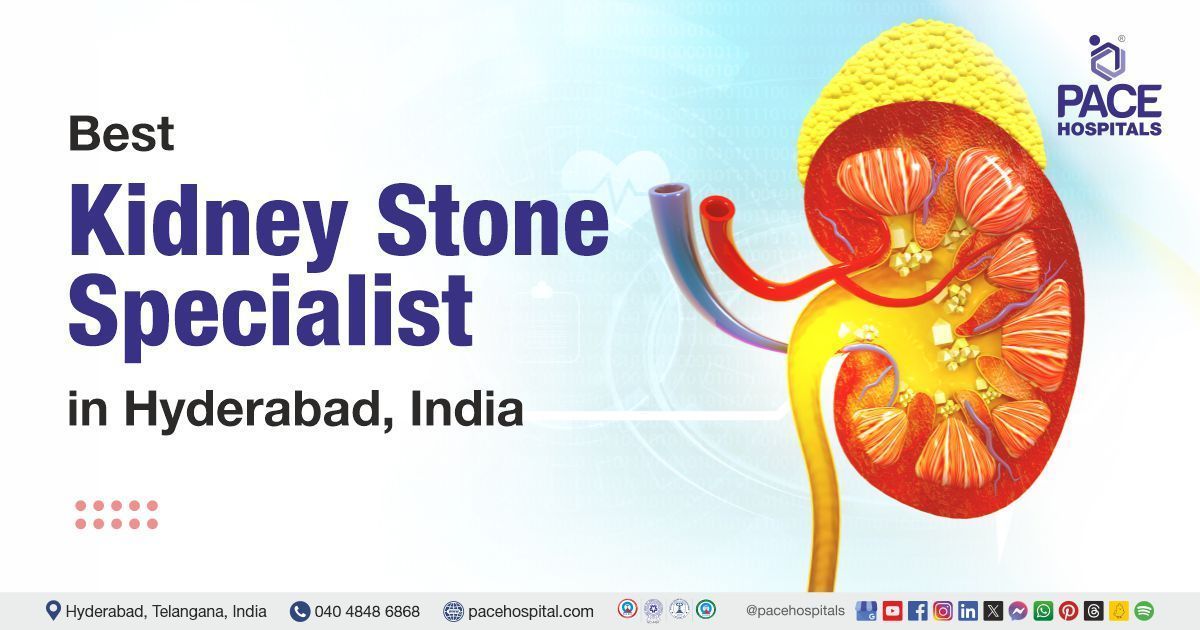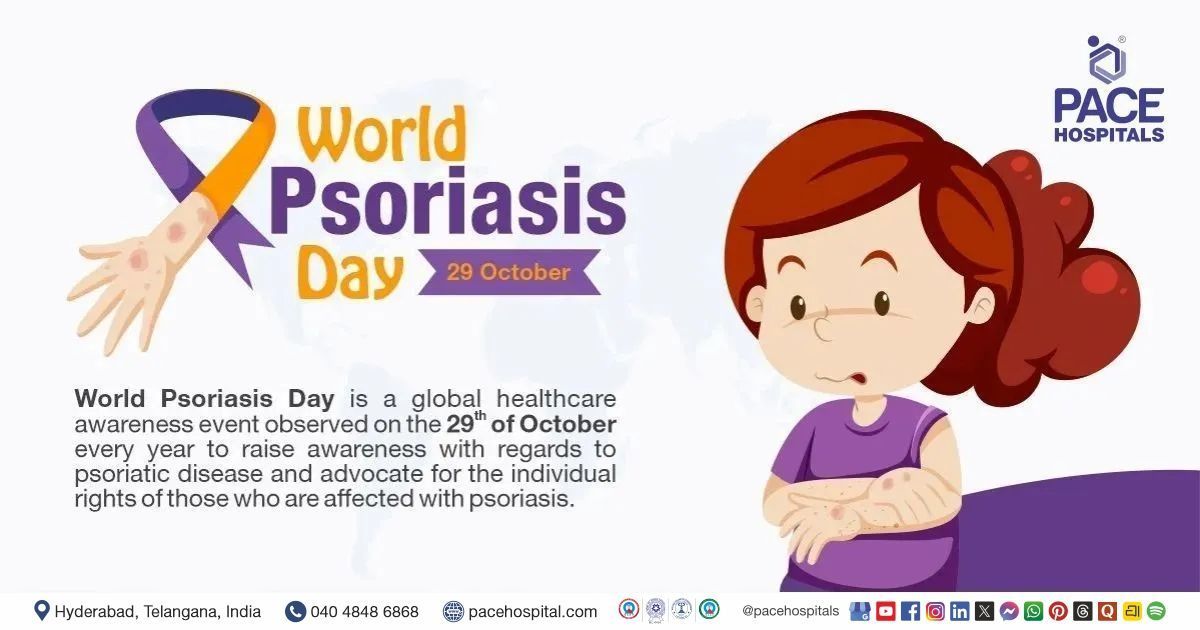Living Donor Right Hepatectomy with Ductoplasty & Hepaticojejunostomy
Introduction
Liver transplantation has revolutionized the treatment of end-stage liver disease and acute liver failure. In countries like India, where cadaveric (deceased donor) liver availability is limited, living donor liver transplantation (LDLT) offers a life-saving alternative.
In this procedure, a healthy individual donates a portion of their liver—most commonly the right lobe—to a recipient suffering from irreversible liver failure. At PACE Hospitals Hyderabad, one of India’s leading centers for liver transplantation and HPB surgery, the advanced technique of Living Donor Right Hepatectomy with Ductoplasty and Hepaticojejunostomy ensures safety, precision, and superior long-term outcomes for both donor and recipient.
What Is Living Donor Right Hepatectomy?
A living donor right hepatectomy involves surgically removing the right lobe of the liver (segments V–VIII) from a healthy donor for transplantation into the recipient.
The human liver has an extraordinary ability to regenerate—both donor and recipient livers grow back to near-normal size within weeks.
This procedure demands meticulous preoperative evaluation, advanced surgical expertise, and intraoperative precision to ensure donor safety and graft viability.
Why the Right Lobe?
The right lobe of the liver provides a larger graft volume, making it suitable for adult-to-adult transplantation. It offers adequate liver mass for the recipient while leaving sufficient functional liver tissue (left lobe) in the donor to ensure safe recovery.
What Is Ductoplasty?
The bile duct is a small tubular structure that drains bile from the liver into the intestine. During donor hepatectomy, it’s often necessary to join multiple small bile ducts into a single duct to ensure proper bile drainage in the transplanted liver. This surgical reconstruction is called ductoplasty.
At PACE Hospitals, highly skilled HPB surgeons use microvascular techniques under magnification to carefully combine bile ducts, reducing postoperative bile leakage and strictures.
What Is Hepaticojejunostomy?
Hepaticojejunostomy is a biliary reconstruction technique where the bile duct of the transplanted liver is directly connected to the jejunum (part of the small intestine).
This technique is used when the bile duct cannot be safely joined directly to the recipient’s common bile duct, such as in cases of complex duct anatomy, small ducts, or after previous biliary surgery.
It ensures smooth bile drainage from the transplanted graft to the intestine, preventing leakage and infection.
Hepatectomy Surgery Steps
1) Donor Evaluation
Before surgery, the donor undergoes extensive medical testing to ensure fitness and anatomical suitability:
- Blood group compatibility
- CT and MRI liver volumetry to measure lobe size and vascular anatomy
- Liver function tests and viral screening
- Cardiac and pulmonary assessment
- Psychological and ethical clearance
Only donors with healthy livers, optimal anatomy, and strong motivation are selected.
2) Surgical Procedure at PACE Hospitals
- Anesthesia and Positioning: The donor is placed under general anesthesia. A right subcostal or upper midline incision is made to access the liver.
- Liver Mobilization: Surgeons gently mobilize the right lobe while preserving vital structures. Intraoperative ultrasound is used to map vascular and biliary anatomy precisely.
- Hepatic Artery, Portal Vein, and Hepatic Vein Dissection: Each vessel supplying the right lobe is carefully identified and divided to separate the graft while preserving the left lobe’s blood flow.
- Right Lobe Resection: The right hepatic lobe is removed using advanced energy devices and CUSA (Cavitron Ultrasonic Surgical Aspirator) to minimize bleeding.
- Ductoplasty: If multiple right hepatic ducts exist, they are reconstructed into a single common channel using microsurgical sutures.
- Hepaticojejunostomy: The bile duct of the graft is connected to a Roux-en-Y limb of the jejunum in the recipient to ensure smooth bile drainage.
- Closure and Recovery: After ensuring adequate hemostasis, the donor’s remaining liver is checked for good perfusion, and the incision is closed. The graft is then transplanted into the recipient using microvascular anastomosis for hepatic veins, portal vein, and hepatic artery.
Postoperative Care at PACE Hospitals
For the Donor:
- ICU monitoring for 24–48 hours
- Early ambulation within 24 hours
- Oral feeding started in 2–3 days
- Discharge in 7–10 days
- Liver regenerates to near-normal size within 6–8 weeks
For the Recipient:
- ICU care for 5–7 days
- Immunosuppressive therapy to prevent graft rejection
- Regular liver function monitoring
- Gradual dietary advancement and physiotherapy
At PACE Hospitals, patient safety and postoperative outcomes are enhanced through:
- 24×7 HPB and transplant surgeon availability
- Dedicated liver ICU
- Round-the-clock infectious disease and hepatology support
- Multidisciplinary nutrition and physiotherapy
Benefits of the Procedure
- Timely liver transplantation without waiting for cadaveric donors
- Excellent graft function with optimal volume and perfusion
- Preserved immune function due to spleen retention
- Reduced biliary complications through precise ductoplasty and hepaticojejunostomy
- Faster recovery and minimal donor morbidity
Possible Complications and Management
Although outcomes are excellent at experienced centers like PACE Hospitals, potential complications include:
| Complication | Description | PACE Hospitals Approach |
|---|---|---|
| Bile leak | From duct anastomosis | Managed by stenting/drainage |
| Bleeding | From hepatic vessels | Controlled intraoperatively |
| Vascular thrombosis | Rare | Prevented with meticulous microsurgical anastomosis |
| Infection | Due to immunosuppression | Controlled with antibiotics and aseptic care |
| Graft dysfunction | Poor initial function | Managed with medical optimization and supportive therapy |
Cost of Living Donor Right Hepatectomy with Ductoplasty and Hepaticojejunostomy at PACE Hospitals
| Procedure Type | Estimated Cost (INR) | Estimated Cost (USD) |
|---|---|---|
| Living Donor Right Hepatectomy (with Ductoplasty & Hepaticojejunostomy) | ₹20,00,000 – ₹28,00,000 | $24,000 – $33,500 |
| Preoperative Evaluation (Donor + Recipient) | ₹2,50,000 – ₹3,50,000 | $3,000 – $4,200 |
| Postoperative ICU & Recovery | ₹3,00,000 – ₹5,00,000 | $3,600 – $6,000 |
Insurance and cashless facilities are available for eligible transplant patients.
Why Choose PACE Hospitals Hyderabad for Liver Transplantation?
PACE Hospitals is recognized as a Center of Excellence for HPB Surgery and Liver Transplantation in South India.
Key Strengths:
- Experienced transplant surgeons with extensive expertise in complex living donor procedures
- Dedicated Liver Transplant ICU with specialized nursing and round-the-clock monitoring
- Comprehensive donor safety protocols
- Precision techniques such as microsurgical ductoplasty, intraoperative ultrasound, and biliary stenting
- Multidisciplinary care involving hepatologists, gastroenterologists, anesthesiologists, dietitians, and rehabilitation experts
At PACE Hospitals, donor safety and recipient success are the top priorities — ensuring ethical, transparent, and evidence-based transplant care.
FAQs on Living Donor Right Hepatectomy
Is the donor’s liver safe after donation?
Yes. The donor’s remaining liver regenerates to 80–90% of its original size within 6–8 weeks with minimal long-term risk.
Who can become a living liver donor?
Healthy adults aged 18–55 years with compatible blood group, no liver disease, and normal medical fitness can donate.
What are the survival rates after living donor liver transplantation?
At experienced centers like PACE Hospitals, 1-year survival exceeds 90% for both donors and recipients.
What are the benefits of spleen-preserving and bile duct reconstruction techniques?
They reduce postoperative infections, improve bile flow, and ensure better long-term graft function.
How much does living donor liver transplantation cost in Hyderabad?
At PACE Hospitals, Hyderabad, living donor liver transplantation costs range between ₹20–28 lakhs ($24,000–$33,500) including donor and recipient surgery.
What is a living donor right hepatectomy?
It’s a surgery where the right lobe of a healthy donor’s liver is removed for transplantation into a recipient with liver failure.
Why is ductoplasty performed during this procedure?
Ductoplasty joins multiple small bile ducts into one to ensure smooth bile drainage from the transplanted liver.
What is hepaticojejunostomy?
It’s a biliary reconstruction technique connecting the bile duct of the liver graft directly to the small intestine (jejunum).
How long is hospital stay for donor and recipient?
Donors typically stay 7–10 days; recipients stay 15–20 days depending on recovery.
Why choose PACE Hospitals for liver transplantation?
PACE offers advanced surgical precision, dedicated transplant ICU, multidisciplinary care, ethical practices, and excellent outcomes in complex HPB procedures.
Share on
Request an appointment
Fill in the appointment form or call us instantly to book a confirmed appointment with our super specialist at 04048486868


